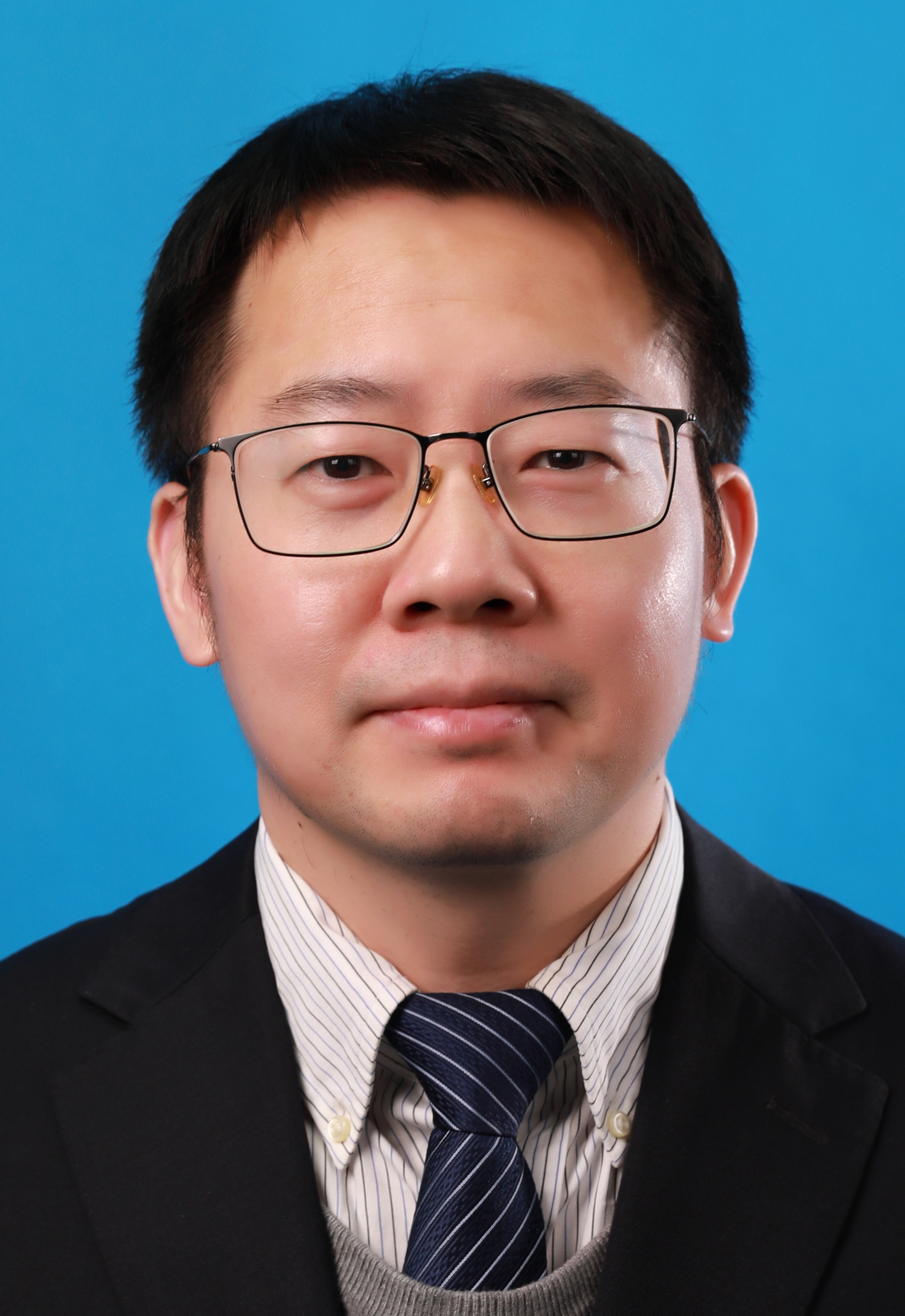| Name: |
Kun WANG |
 |
| Gender: |
Male |
| Talent plan: |
|
| Professional title: |
Professor |
| Post: |
|
| Institution: |
Thermophysics Engineering |
Specialty: |
Thermal Science |
| Email: |
kwang5@tju.edu.cn |
Personal website: |
|
| Tel: |
|
Fax: |
|
| Office: |
Building 34, A310 |
| Education: |
2003.09-2007.07 Dalian University of Technology, Bachelor
2007.09-2010.05 Zhejiang University, Master
2010.08-2015.08 Colorado School of Mines, Ph.D.
|
| Academic experience: |
2015.08-2015.11 Colorado School of Mines, Post-doc researcher
2015.11-2019.06 Stanford University, Senior Post-doc researcher
2019.08- State key laboratory of engines (Tianjin university), Professor
|
| Research interest: |
Combustion and fuels, advanced propulsion systems, energy conversion, energy storage, nano energy, high pressure reaction kinetics, experimental design, modeling
|
| Teaching: |
|
| Academic position: |
Elsevier academic book publishing, Reviewer
Fuel, Biofuels, Energy & Fuels, Combustion & Flame, Combustion Science & Technology, Journal of International Hydrogen Energy, Journal of Analytical and Applied Pyrolysis, Journal of Physical Chemistry, Chemical Engineering and Processing, Reviewer
I&EC Division ACS 2015 Denver National Meeting, Chair
|
| Academic achievement: |
Prof. Wang’s research interests focus on chemical reaction kinetics, using both modeling and experimental techniques. More specifically, his research covers the topics of theoretical ab initio calculations, kinetic modeling, molecular weight growth kinetics, reaction classes and rate rules, high-pressure reaction kinetics, and Hybrid Chemistry (HyChem) approach. He contributes substantially towards the fundamental understanding of molecular weight growth kinetic of hydrocarbon fuels under low to intermediate temperatures, and he is one of the major drivers for the development of the HyChem approach for describing the combustion chemistry of complex real fuels.
|
| Research projects: |
1.2019-2021, Simplified kinetic modeling for large hydrocarbon fuels for practical applications, State key laboratory of engines, PI
2.2016-2020, Development of HyChem--A Jet and Rocket Fuel Combustion Model, AFOSR
3.2016-2017, Modeling and Pyrolysis/Oxidation of Jet Fuels Using Hybrid Chemistry Approach, AFOSR
4.2014-2016, Shock-tube and Flow Reactor Studies of the Kinetics of Jet Fuels, FAA
5.2011-2015, Pyrolysis Reactions of Butene Isomers at Low Temperatures, CSM and Abu Dhabi PI
6.2013-2016, Heterogenously Catalyzed Endothermic Fuel Cracking,AFOSR
|
| Selected publications: |
1.Wang K., Bowman C. T., and Wang Hai, “Kinetic analysis of distinct product generation in oxidative pyrolysis of four octane isomers”, Proc. Combust. Inst., 2019 (37) 531–538.
2.Wang K., Xu R., Parise T., Shao J.K., Movaghar A., Lee D. J., Park J.-W., Gao Y., Lu T.F., Egolfopoulos F. N., Davidson D. F., Hanson R. K., Bowman C. T., Wang H., “A physics-based approach to modeling real-fuel combustion chemistry- IV. HyChem modeling of combustion kinetics of a bio-derived jet fuel and its blends with a conventional Jet A”, Combust. Flame 2018, 198, 477-489.
3.Wang H., Xu R., Wang K., Bowman C.T., Davidson D.F., Hanson R.K., Brezinsky K., Egolfopoulos F.N., “A Physics-based approach to modeling real-fuel combustion chemistry- I. Evidence from experiments, and thermodynamic, chemical kinetic and statistical considerations”, Combust. Flame 2018, 193, 502–519.
4.Xu R., Wang K., Banerjee S., Shao J., Parise T., Zhu Y., Wang S., Movaghar A., Lee D.J., Zhao R., Han X., Gao Y., Lu T., Brezinsky K., Egolfopoulos F.N., Davidson D.F., Hanson R.K., Bowman C.T., Wang H., “A Physics-based approach to modeling real-fuel combustion chemistry- II. Reaction kinetic models of jet and rocket fuels”, Combust. Flame 2018, 193, 520–537.
5.Y. Tao, R. Xu, K. Wang, J.K. Shao, S.E. Johnson, A. Movaghar, X. Han, J.-W. Park, T.F. Lu, K. Brezinsky, F.N. Egolfopoulos, D.F. Davidson, R.K. Hanson, C.T. Bowman, H. Wang, A Physics-based approach to modeling real-fuel combustion chemistry –III. Reaction kinetic model of JP10, Combust. Flame 2018, 193, 466–476.
6.Chen D., Wang K., and Wang Hai, “Violation of collision limit in recently published reaction models”, Combust. Flame, 2017, 186, 208–210.
7.Wang K., Villano S. M., and Dean A. M., “Experimental and Kinetic Modeling Study of Butene Isomer Pyrolysis: Part II. IsoButene”, Combust. Flame, 2017, 176, 23–37.
8.Wang K., Villano S. M., and Dean A. M., “Experimental and Kinetic Modeling Study of Butene Isomer Pyrolysis: Part I. 1- and 2-Butene”, Combust. Flame, 2016, 173, 347–369.
9.Saldana M., Bogin G., Wang K., and Dean A. M., “Comparative Kinetic Analysis of Ethane Pyrolysis at Elevated Pressures and High Conversions”, Energy Fuels, 2016, 30 (11), 9703–9711.
10.Wang K., Villano S. M., and Dean A. M., “Fundamentally-Based Kinetic Model for Propene Pyrolysis”. Combust. Flame, 2015, 162(12):4456–4470.
11.Wang K., Villano S. M., and Dean A. M., “Reactivity-Structure Based Rate Estimation Rules for Alkyl Radical H-atom Shift and Alkenyl Radical Cyclization Reactions”. J. Phys. Chem. A 2015, 119(28): 7205–7221.
12.Wang K., Villano S. M., and Dean A. M., “Reactions of Resonantly-Stabilized Free Radicals that Impact Molecular Weight Growth Kinetics”. Phys. Chem. Chem. Phys. 2015, 17, 6255–6273.
Book Chapter
1.Computer-Aided Chemical Engineering, Vol. 45, "Mathematical Modelling of Gas-Phase Complex Reaction Systems: Pyrolysis and Combustion", Edited by Tiziano Faravelli, Flavio Manenti, and Eliseo Ranzi. Chapter 4, "Rate rules and reaction classes", Kun Wang and Anthony M. Dean, 2019, pp. 203-257.
|
|

